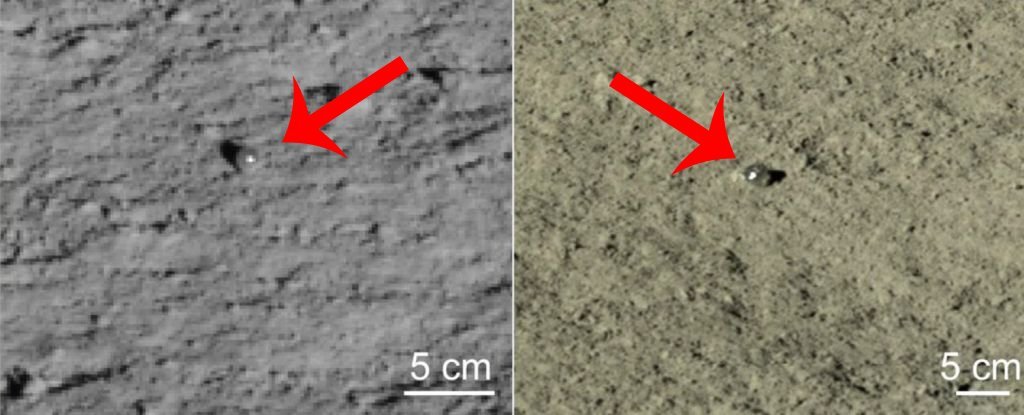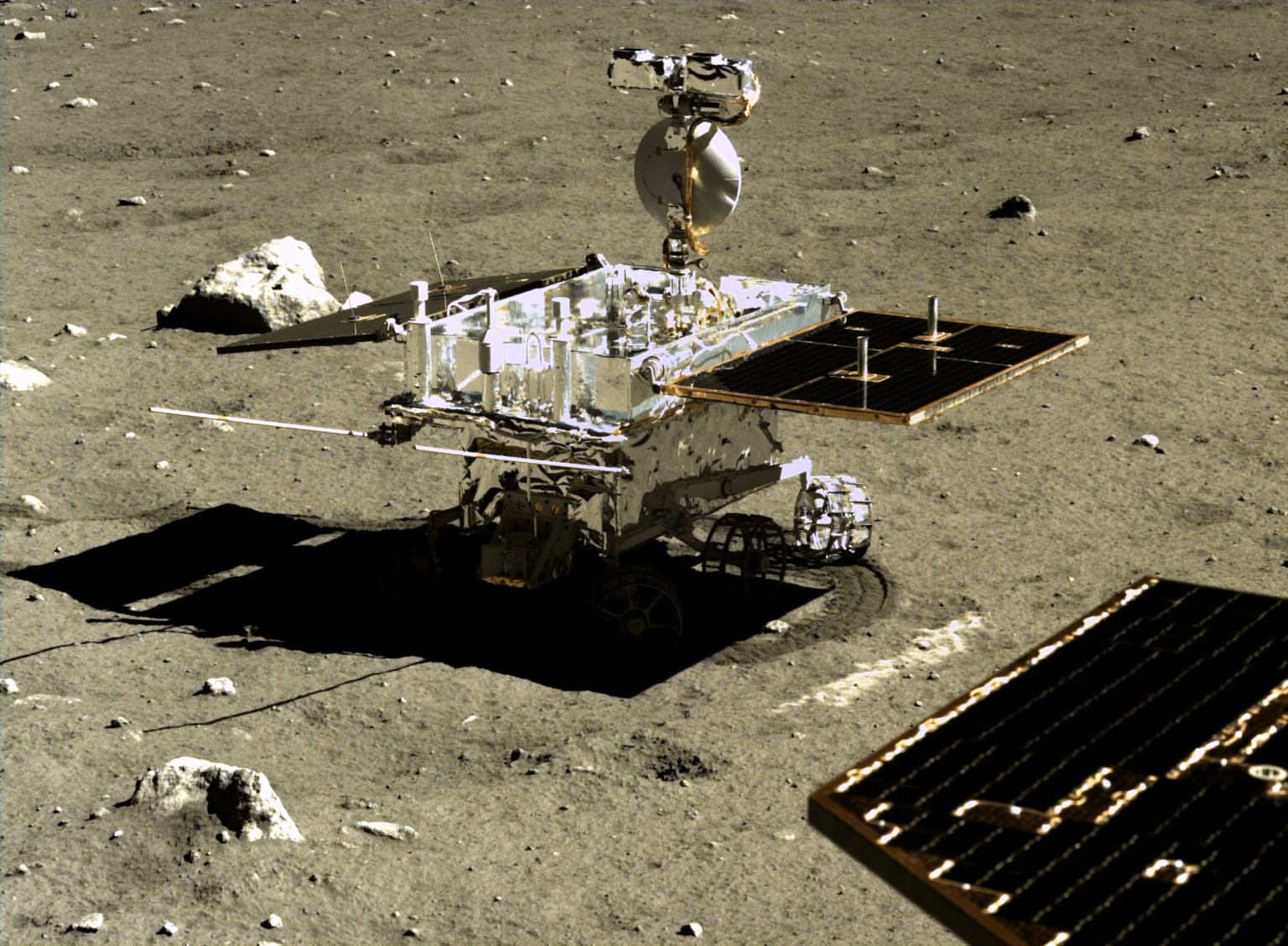China’s lunar rover Yutu-2 made another exciting find on the back side of the Moon. Among the gray regolith, the lunar rover’s panoramic camera captured two small translucent glass spheres. However, despite the apparent artificial origin, these are natural objects called spherules in geology.

The composition of the glass is also not unusual. Glass is not uncommon on our moon. It is formed when silicate minerals are exposed to high temperature. In the past, extensive volcanism took place on the Moon, which led to the formation of volcanic glass. Also, similar balls are formed after meteorite impacts. According to a group of scientists led by planetary geologist Zhiyong Xiao from Sun Yat-Sen University and the Chinese Academy of Sciences, the latter may be the reason for the formation of objects detected by the lunar rover.
Unusual difference
However, the share of mystery in the found objects remains. The fact is that most of the glass found on the Moon earlier looks different from the balls discovered by Yutu-2. Still, they have been found with sizes within a millimeter. The spherules seen by the Chinese lunar rover are much larger — from 15 to 25 mm across.

On the other hand, their larger size does not make them something unique. Glass balls with a diameter of up to 40 mm, were found on the Moon during the Apollo 16 mission. They were located with a nearby crater and were also formed as a result of a meteorite impact.
But there are differences between these two discoveries. As Xiao and his colleagues explain, the spheres found on the back appear translucent and have a glassy sheen. In addition to the two large ones, four balls with a similar gloss were found, but their translucency cannot be confirmed.
Plausible explanation
Scientists believe that the objects found were formed from volcanic glass, which melted again on impact and turned into translucent spheres. This means that the balls can be analogous to terrestrial formations known as tektites — glass bars the size of pebbles. They occur when the Earth’s material melts, it is thrown into the air, solidifies and takes a bizarre shape as it falls back to the surface.
Such balls may contain information about the history of the Moon, including the composition of its mantle and impact events. Yutu-2 was unable to obtain data on their composition, but these natural lunar formations may become important objects of research in the future.
According to Science Bulletin.

